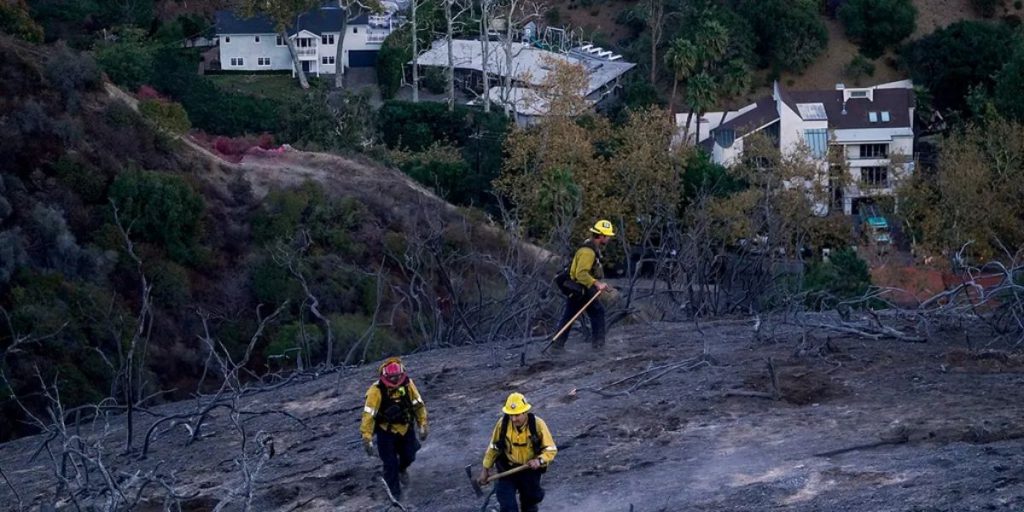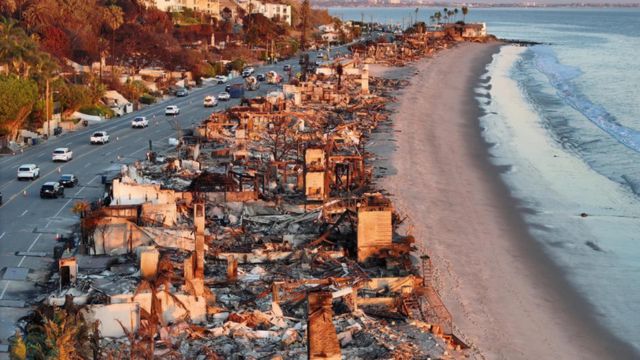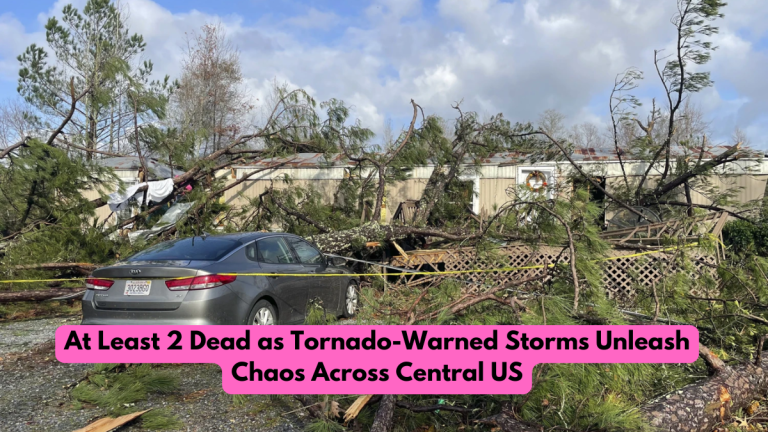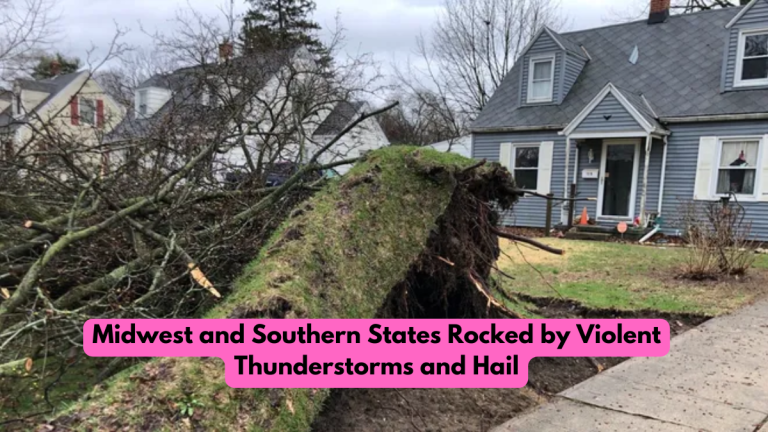
The dry and windy weather in Southern California has caused fatal wildfires for months. This weekend, the area is expected to receive rain, which is excellent news for firefighting efforts. However, the rain also brings the risk of flash flooding and mudslides.
As a low-pressure area moves southward throughout the region, a major shift in the weather pattern is expected to occur. Although it is still too early to determine the exact amount of rain that will fall, the likelihood of rain beginning on Saturday is becoming more certain.
The weather forecast for the next ten days predicts that Ventura and Los Angeles counties will receive rain, with amounts varying from half an inch to more than two inches.
Snow is expected to fall at higher elevations between 3,000 and 4,000 feet, where temperatures will be substantially colder in the mountains.
However, the precipitation that is needed may bring new dangers to places that have been burned and have ash and fire debris. Without plants to soak up the water, these extremely dry regions can become flooded in a short amount of time.
“Just a short period of moderate rainfall on a burn scar can lead to flash floods and debris flows,” the National Weather Service stated. “Rainfall that is normally absorbed by vegetation can run off almost instantly. This causes creeks and drainage areas to flood much sooner during a storm, and with more water, than normal.”
Furthermore, soils within burn scars might include a considerable amount of mud, rocks, flora, and ash that contains harmful chemicals.
Debris slides can sometimes happen without any rain.

Before the rain arrives, resources are being distributed around Los Angeles County.
“Our objective in this incident is to protect the public property and the natural environment from potential mud and debris flows and pollution,” L.A. County Department of Public Works Director Mark Pestrella stated on Wednesday. “Currently, our crews are clearing debris from streets cleaning and preparing debris basins, deploying sandbags and other systems to keep runoff with ash and other burnt debris from entering the storm drain system.”
Residents have the option to ask county engineers to evaluate their properties for possible dangers that could be generated by the fires and debris flow mitigation.
Pestrella recommended that individuals who live in properties that are located near the burn area and have a slope behind their property that is more than 20 feet high evacuate.
“Your best bet is not to be in that home when it rains. The most conservative thing to do is to not be in that home when it rains,” he stated.
Pestrella stated that homeowners who have returned home after the Palisades and Eaton fires are being asked to avoid driving on the roadways as staff work to prepare the region for the rain and clear away debris afterward.
Hillcrest Rd. Closure Sparks Frustration as DART Silver Line Construction Delays Continue
“We do expect sediment and debris to make its way to the street systems in the Palisades area, in the Eaton area,” he stated. “It’s not expected to be a tremendous amount of debris, but enough to actually cause transportation problems for our first responders, as well as residents that may be trying to travel.”
However, due to strong Santa Ana winds that have caused two new flames, the Hughes and Sepulveda fires, to develop quickly and force evacuations since Wednesday, Southern California is still under a Fire Weather Warning into Friday morning before the rain hits.



